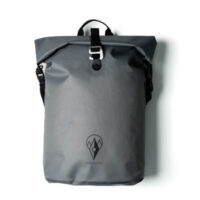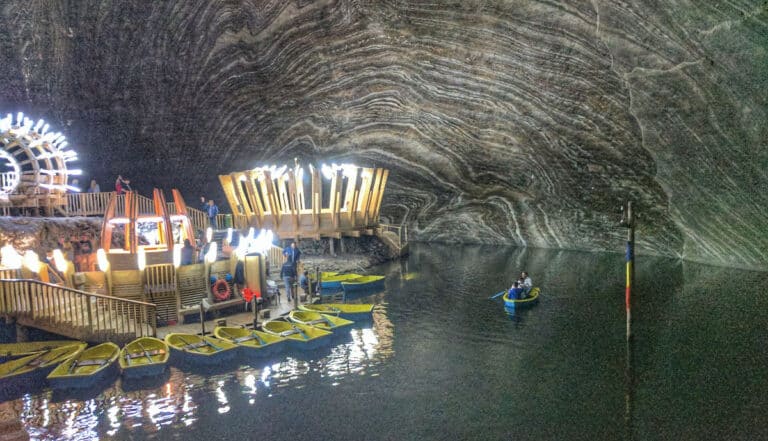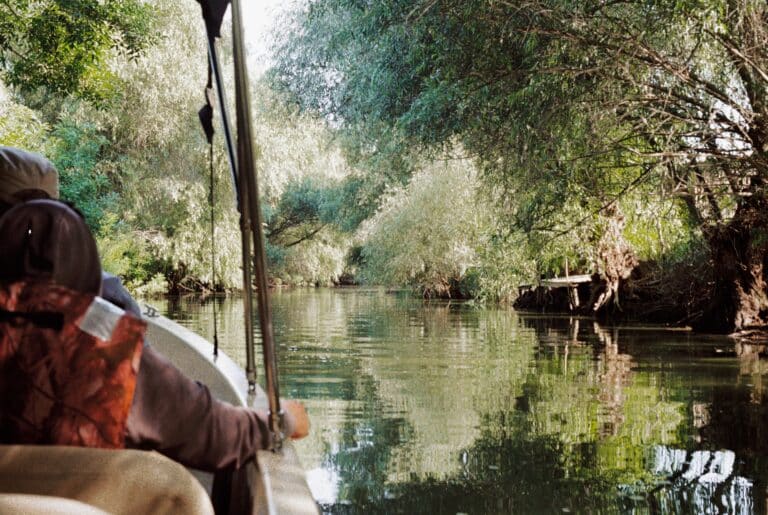
Gorges de Bicaz
Depuis Bucarest, prenez un train jusqu'à Bacău ou Piatra Neamț, puis prenez un bus local en direction de Bicaz.
La Roumanie est un pays du sud-est de l'Europe connu pour sa région boisée de Transylvanie, entourée par les montagnes des Carpates. Ses villes médiévales préservées incluent Sighişoara, et il y a de nombreuses églises et châteaux fortifiés, notamment le château de Bran au sommet d'une falaise, longtemps associé à la légende de Dracula. Bucarest, la capitale du pays, abrite le gigantesque Palatul Parlamentului, bâtiment gouvernemental datant de l'époque communiste
Population : 19,41 millions
Capitale : Bucarest
Monnaie : Leu roumain (RON)
Langues officielles : roumain
Différents moyens de se déplacer : Le pays tout entier est littéralement conçu autour des réseaux de trains, de métros légers et de bus. Les transports publics sont faciles, abordables et bien plus sûrs que la voiture.









Depuis Bucarest, prenez un train jusqu'à Bacău ou Piatra Neamț, puis prenez un bus local en direction de Bicaz.

Depuis Turda, prenez un bus local jusqu'au village de Hășdate, puis une courte marche mène à l'entrée des gorges.

Depuis Cluj-Napoca, prenez un train jusqu'à Turda, puis un bus local jusqu'à la mine de sel. Le trajet dure environ

De Bucarest, prendre un train ou un bus jusqu'à Curtea de Arges. Depuis Curtea de Arges, les bus et les taxis peuvent transporter

Vous pouvez rejoindre le delta du Danube en prenant un train ou un bus jusqu'à Tulcea, la porte d'entrée du delta.

Depuis Bucarest, prenez un train pour Sinaia, qui offre un voyage pittoresque à travers les montagnes des Carpates. Le château est un

Avis aux voyageurs : rejoignez les montagnes Bucegi par un voyage en train panoramique de Bucarest à Brasov, suivi d'un court trajet en bus

Rejoignez Sighisoara en train ou en bus depuis les principales villes roumaines. La gare ferroviaire de la ville et le réseau de bus bien desservi assurent un accès pratique

Depuis Bucarest, prenez un train jusqu'à Hateg, la grande ville la plus proche du parc national de Retezat. Depuis Hateg, plusieurs lignes de bus

Prenez le train jusqu'à Hunedoara, puis faites un court trajet en taxi jusqu'au château. Il est facilement accessible en transports en commun,

Depuis la ville la plus proche de Resita, prenez un train jusqu'à Anina, puis un bus local jusqu'à Bozovici. De Bozovici,